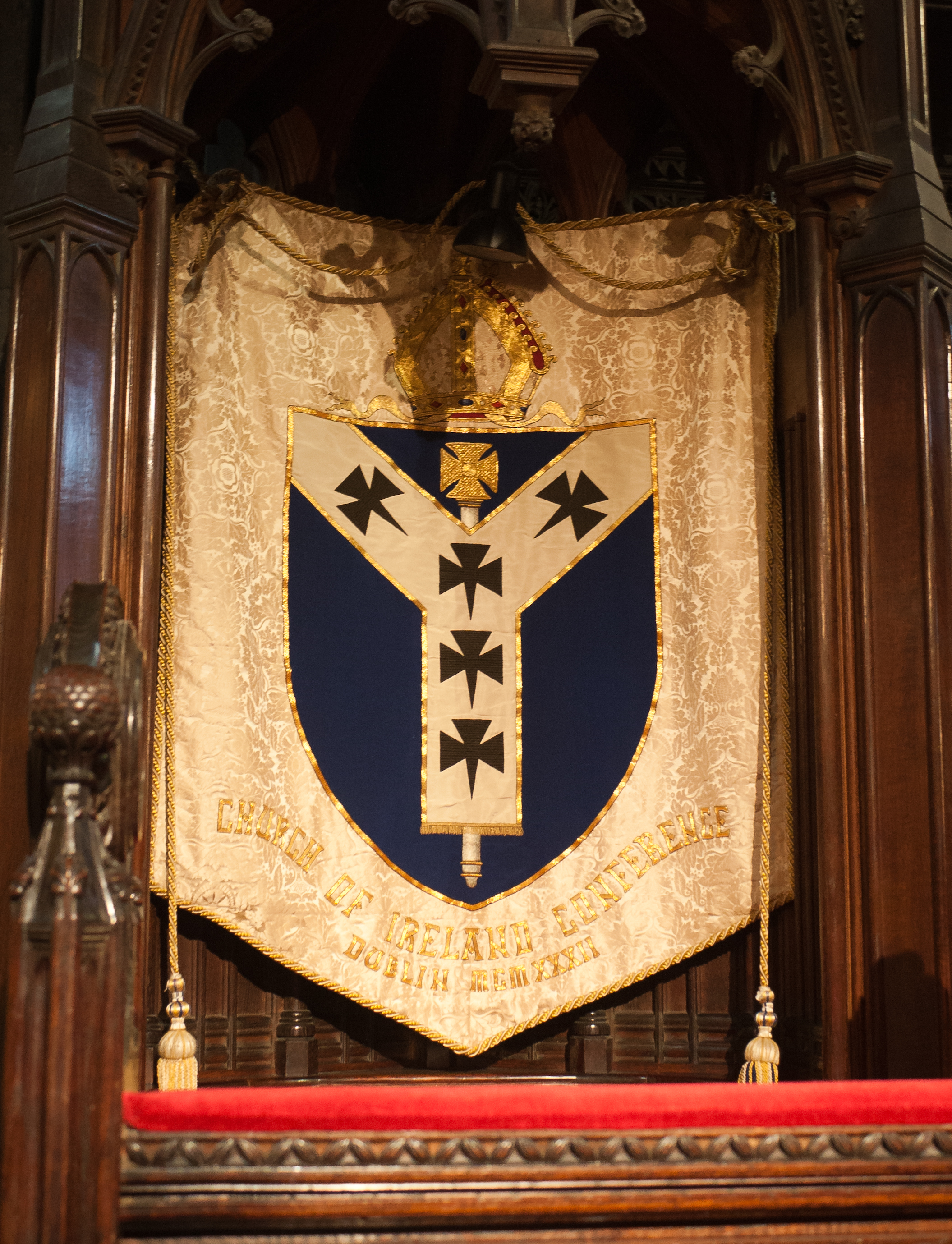|
Archbishop Of Dublin (Church Of Ireland)
The Archbishop of Dublin is a senior bishop in the Church of Ireland, second only to the Archbishop of Armagh. The archbishop is the diocesan bishop of the United Dioceses of Dublin and Glendalough and the metropolitan bishop of the Province of Dublin, which covers the southern half of Ireland, and he is styled ''Primate of Ireland'' (the Archbishop of Armagh is the "Primate of All Ireland"). The archbishop's throne (''cathedra'') is in Christ Church Cathedral in central Dublin. The incumbent, from 11 May 2011, is Michael Jackson who signs as ''+Michael DUBLIN''. History The Dublin area was Christian long before Dublin had a distinct diocese. The remains and memory of monasteries famous before that time, at Finglas, Glasnevin, Glendalough, Kilnamanagh, Rathmichael, Swords, Tallaght, among others, are witness to the faith of earlier generations and to a flourishing Church life in their time. Following a reverted conversion by one Norse King of Dublin, Sitric, his son Godf ... [...More Info...] [...Related Items...] OR: [Wikipedia] [Google] [Baidu] |
Diocese Of Dublin And Glendalough
The United Dioceses of Dublin and Glendalough is a diocese of the Church of Ireland in the east of Ireland. It is headed by the Archbishop of Dublin, who is also styled the Primate of Ireland. The diocesan cathedral is Christ Church Cathedral, Dublin. Overview and history Early Christianity in Ireland The broad Dublin area was Christian long before Dublin had a distinct diocese, with monasteries such as Glendalough as well as at Finglas, Glasnevin, Rathmichael, Swords, Tallaght. Several of these functioned as "head churches" and the most powerful of all was Glendalough. In the early church in Ireland, the church had a monastic basis, with greatest power vested in the Abbots of the major communities. There were bishops but not organised dioceses in the modern sense, and the offices of abbot and bishop were often comprised in one person. Some early "Bishops of Dublin", back to 633, are mentioned in Ware's ''Antiquities of Ireland'' but the Diocese of Dublin is not considered ... [...More Info...] [...Related Items...] OR: [Wikipedia] [Google] [Baidu] |
Swords, Dublin
Swords ( or ), the county town of Fingal, is a large suburban town on the east coast of Republic of Ireland, Ireland, situated ten kilometres north of Dublin city centre. The town was reputedly founded . Located on the Ward River (Ireland), Ward River, Swords features Swords Castle, a restored medieval castle, a holy well from which it takes its name, a round tower and a Norman tower. Facilities in the area include the Swords Pavilions, Pavilions shopping centre, one of the largest in the Dublin region, a range of civic offices, some light industries, the main storage facility and archive of the National Museum of Ireland and several parks. Dublin Airport is located nearby. The name "Swords" is also given to a townland, a Civil parishes in Ireland, civil parish within the old County Dublin, and to the local electoral area. History Origins and etymology The town's origins date back to 560 AD when it was reputedly founded by Saint Colmcille (521–567). Legend has it that th ... [...More Info...] [...Related Items...] OR: [Wikipedia] [Google] [Baidu] |
Christ Church Cathedral, Dublin
Christ Church Cathedral, more formally The Cathedral of the Holy Trinity, is the cathedral of the United Dioceses of Dublin and Glendalough and the cathedral of the ecclesiastical province of the United Provinces of Dublin and Cashel in the (Anglican) Church of Ireland. It is situated in Dublin, Ireland, and is the elder of the capital city's two medieval cathedrals, the other being St Patrick's Cathedral. The cathedral was founded in the early 11th century under the Viking king Sitric Silkenbeard. It was rebuilt in stone in the late 12th century under the Norman potentate Strongbow, and considerably enlarged in the early 13th century, using Somerset stones and craftsmen. A partial collapse in the 16th century left it in poor shape and the building was extensively renovated and rebuilt in the late 19th century, giving it the form it has today, including the tower, flying buttresses, and distinctive covered footbridge. Overview and history Overview Christ Church is offici ... [...More Info...] [...Related Items...] OR: [Wikipedia] [Google] [Baidu] |
Primate Of Ireland
The Primacy of Ireland was historically disputed between the Archbishop of Armagh and the Archbishop of Dublin until finally settled by Pope Innocent VI. ''Primate'' is a title of honour denoting ceremonial precedence in the Church, and in the Middle Ages there was an intense rivalry between the two archbishoprics as to seniority. Since 1353 the Archbishop of Armagh has been titled Primate of All Ireland and the Archbishop of Dublin Primate of Ireland, signifying that they are the senior churchmen on the island of Ireland, the Primate of All Ireland being the more senior. The titles are used by both the Catholic and Church of Ireland bishops. The distinction mirrors that in the Church of England between the Primate of All England, the Archbishop of Canterbury, and the Primate of England, the Archbishop of York. History The episcopal see of Dublin was created in the eleventh century, when Dublin was a Norse city state. Its first bishop, Dúnán (or Donatus), was described at ... [...More Info...] [...Related Items...] OR: [Wikipedia] [Google] [Baidu] |


